Contents;
What Is Liposuction Fat Removal?
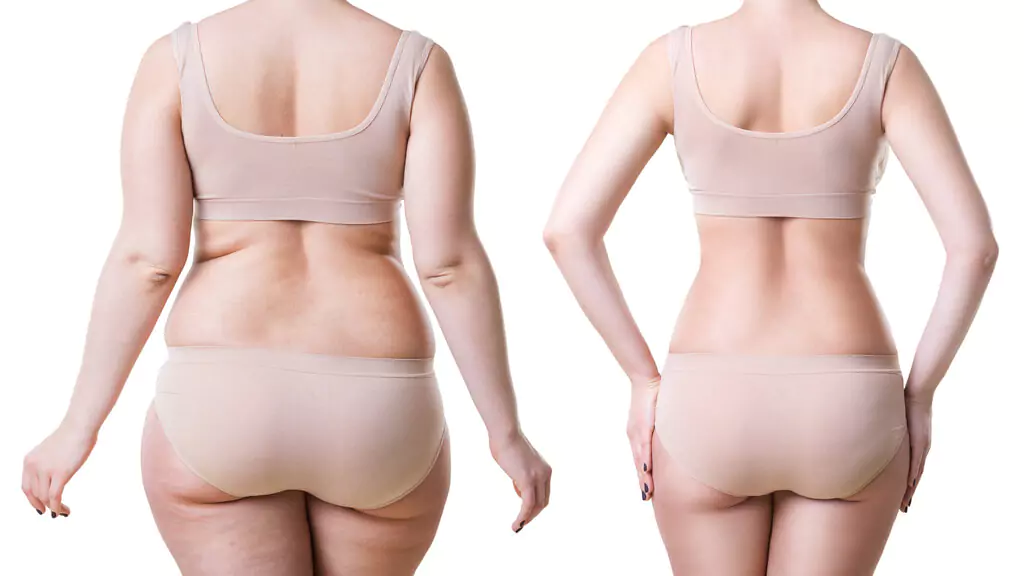
Liposuction is a cosmetic surgical procedure that helps in removing excess fat from different parts of the body. It is also known as lipoplasty or body contouring. This procedure is usually performed on areas such as the abdomen, thighs, buttocks, arms, and neck. Liposuction works by inserting a thin tube called a cannula into the targeted area, which is then connected to a vacuum device. The fat cells are suctioned out, leading to a more contoured and sculpted appearance.
Lipo can be a suitable option for individuals who have tried diet and exercise but are still struggling with stubborn fat deposits. It is important to note that liposuction is not a weight loss solution but rather a way to remove localized fat pockets that are resistant to other methods. It is important to consult with a qualified and experienced plastic surgeon to determine if liposuction is the right procedure for you.
One of the key benefits of liposuction fat removal is the improvement in body shape and proportion. It is particularly effective in removing fat from areas that are genetically predisposed to accumulate excess fat. The procedure can provide more sculpted and well-defined contours, enhancing the overall appearance of the body.
How Does Liposuction Work?
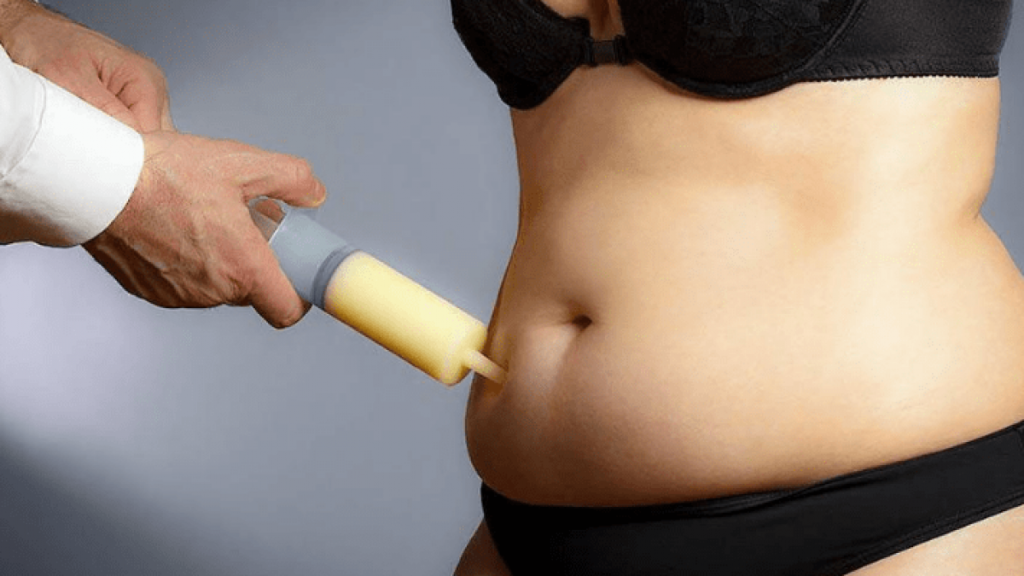
Liposuction is a cosmetic procedure that aims to remove excess fat deposits from certain areas of the body. It is often sought after by individuals who have struggled to achieve their desired body shape through diet and exercise alone. Lipo can be performed on various parts of the body, including the abdomen, thighs, hips, buttocks, arms, and neck. This procedure is not intended as a form of weight loss, but rather as a way to contour the body and enhance its appearance.
The process of liposuction involves the use of a suction technique to remove fat cells from the body. The surgeon begins by making small incisions in the targeted area, through which a thin tube called a cannula is inserted. The cannula is connected to a vacuum-like device that suctions out the fat cells. The surgeon carefully maneuvers the cannula to break up the fat deposits and extract them from the body. This process is usually done under general anesthesia or local anesthesia with sedation, depending on the extent of the procedure and the patient’s preference.
It is important to note that liposuction is not a weight loss solution or a treatment for obesity. Instead, it is best suited for individuals who are at or near their ideal weight and have specific areas of localized fat that are resistant to diet and exercise. Lipo is generally considered safe, but like any surgical procedure, it carries certain risks and potential complications. It is crucial to consult with a board-certified plastic surgeon to discuss individual goals, expectations, and potential risks before undergoing the procedure.
- Lipo can provide several benefits beyond fat removal. It can improve body contour and proportion, enhancing self-confidence and self-image. The removal of excess fat can also lead to more comfortable physical activity and clothing fitting better. It is important to have realistic expectations and understand that liposuction is not a substitute for a healthy lifestyle or a remedy for underlying medical conditions. It is crucial to maintain a stable weight and continue a balanced diet and exercise routine to maximize the results of lipo.
| Common Areas Treated with Liposuction |
|---|
| – Abdomen |
| – Thighs |
| – Hips |
| – Buttocks |
| – Arms |
| – Neck |
Recovery from liposuction varies depending on the extent of the procedure and individual factors. Following the surgery, patients may experience mild to moderate discomfort, bruising, swelling, and fluid drainage from the incision sites. Pain medications and compression garments may be prescribed to manage these symptoms and promote healing. It is essential to follow the surgeon’s instructions for post-operative care, including maintaining proper hygiene, avoiding strenuous activities, and attending follow-up appointments to monitor progress.
Before undergoing Lipo, it is important to consider certain factors. The ideal candidate for lipo is in good overall health, a non-smoker, and has realistic expectations about the outcome of the procedure. It is also crucial to have a thorough discussion with the surgeon about the potential risks, complications, and limitations of liposuction. Understanding the procedure’s cost, insurance coverage, and available financing options is also necessary to make an informed decision.
Benefits Of Liposuction Fat Removal
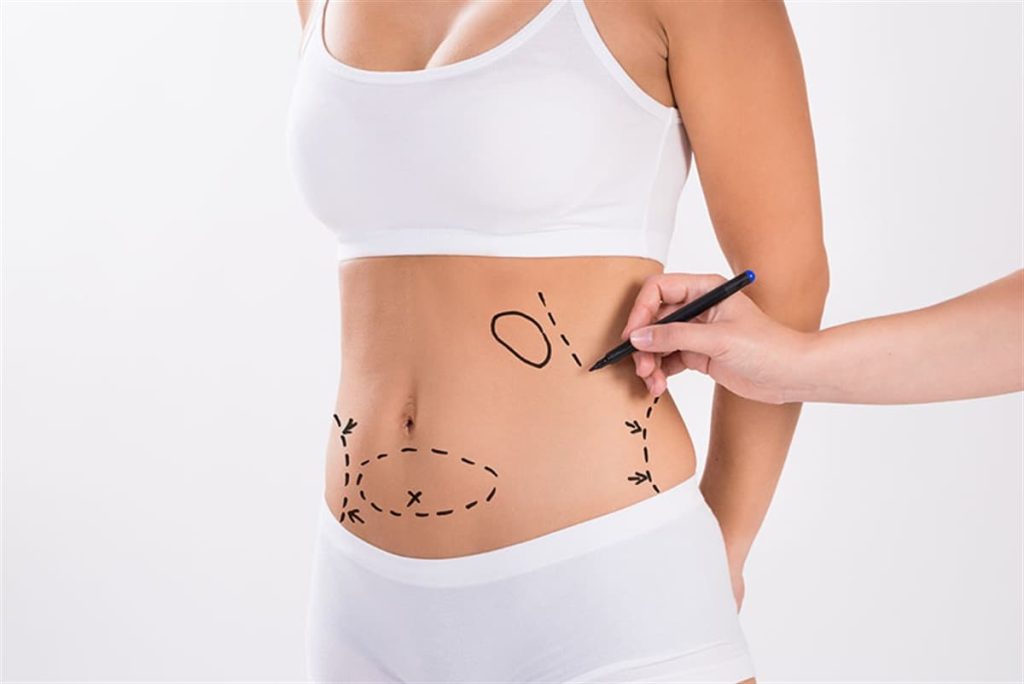
Liposuction is a surgical procedure that aims to remove excess fat from specific areas of the body, resulting in a more sculpted and toned appearance. The procedure is popular among individuals who struggle with stubborn fat deposits that are resistant to diet and exercise. While liposuction is not a solution for weight loss or obesity, it can provide numerous benefits for those looking to improve their body contour and overall confidence.
One of the main benefits of liposuction fat removal is the ability to target and eliminate fat from specific areas. Common areas treated with liposuction include the abdomen, thighs, buttocks, hips, arms, and back. By removing unwanted fat cells, liposuction can create a more proportionate and balanced body shape. This can be particularly beneficial for individuals who have lost a significant amount of weight and have excess skin and uneven contours.
Another benefit of liposuction is its long-lasting results. The fat cells that are removed during the procedure do not come back, making liposuction a permanent solution for fat removal. However, it is important to note that new fat cells can still develop if proper diet and exercise habits are not maintained. Therefore, it is essential to adopt a healthy lifestyle to maintain the results achieved through liposuction.
- Improved body contour and shape
- Long-lasting results
- Boost in self-confidence
| Common Areas Treated With Lipos: | Benefits of Lipo Fat Removal: |
|---|---|
| Abdomen | Improved body contour and shape |
| Thighs | Long-lasting results |
| Buttocks | Boost in self-confidence |
| Hips | |
| Arms | |
| Back |
Common Areas Treated With Lipo
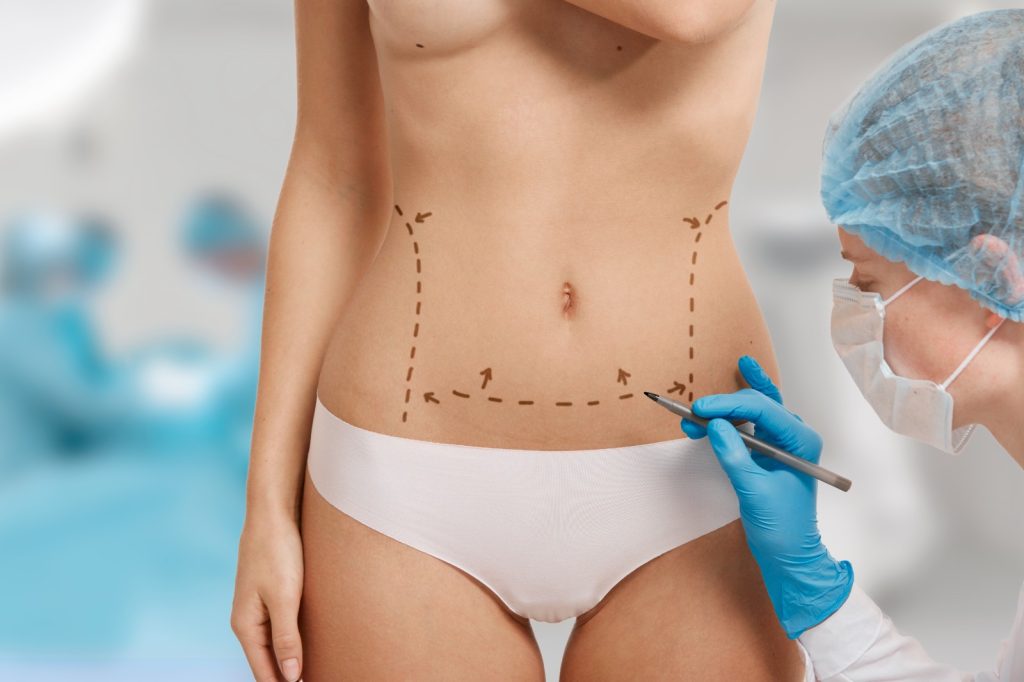
Liposuction is a popular surgical procedure that aims to remove excess fat from specific areas of the body. It is often performed on individuals who have tried various diet and exercise regimens but have been unable to achieve the desired results. Lipo can effectively target localized fat deposits, helping to contour and reshape the body.
One common area treated with liposuction is the abdomen. Many people struggle with stubborn belly fat that is resistant to diet and exercise. Lipo can remove excess fat from the abdominal area, resulting in a flatter and more defined stomach. This procedure is especially beneficial for individuals who have undergone significant weight loss and are left with loose skin and excess fat around their midsection.
Another area commonly treated with liposuction is the thighs. Many individuals, particularly women, are troubled by excess fat in their inner and outer thighs. Liposuction can effectively target these areas, removing unwanted fat and creating a more toned and sculpted appearance. This can enhance the overall shape of the legs and improve self-confidence.
In addition to the abdomen and thighs, liposuction can also be performed on other areas of the body. These may include the buttocks, hips, arms, back, and even the neck and chin. Each of these areas has its own unique set of challenges, and liposuction can be a highly effective solution to address localized fat deposits in these regions.
- Lipo is not a weight loss procedure, but rather a body contouring technique that targets specific areas of excess fat. It is important to note that the results of liposuction are not permanent, and maintaining a healthy lifestyle is crucial to ensure long-lasting results.
- Before considering liposuction, it is essential to consult with a qualified plastic surgeon who can assess your individual needs and goals. They will evaluate your medical history and conduct a physical examination to determine if you are a suitable candidate for the procedure.
- During the recovery period, it is important to follow your surgeon’s instructions and take proper care of the treated areas. This may include wearing compression garments, avoiding strenuous activities, and attending follow-up appointments.
| Common Areas Treated With Liposuction |
|---|
| Abdomen |
| Thighs |
| Buttocks |
| Hips |
| Arms |
| Back |
| Neck and chin |
Is Liposuction A Permanent Solution?
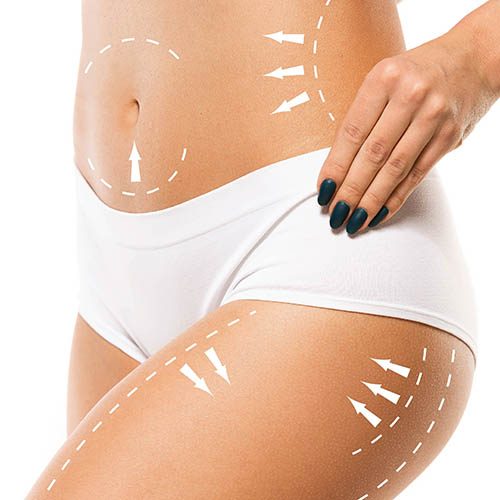
Liposuction is a popular cosmetic procedure that aims to remove excess fat deposits from various parts of the body. Many people turn to liposuction as a solution to stubborn fat that seems resistant to diet and exercise. However, a common question that arises is whether liposuction is a permanent solution. In order to answer this question, it is important to understand how liposuction works and the factors that can influence its long-term effectiveness.
Lipo works by using a suction technique to remove fat cells from specific areas of the body. During the procedure, a small, hollow tube called a cannula is inserted under the skin. The cannula is then used to break up and suck out the fat cells. This process can help to sculpt and contour the body, creating a more desired shape and appearance. However, it is important to note that liposuction does not prevent the formation of new fat cells.
While Lipo can remove existing fat cells, it is still possible for new ones to develop in the treated areas if a healthy lifestyle is not maintained. This means that maintaining a balanced diet and exercising regularly are crucial in order to ensure long-term results. Without these lifestyle changes, the remaining fat cells in the body can still expand, resulting in a return of the unwanted fat deposits.
Recovery And Aftercare Tips
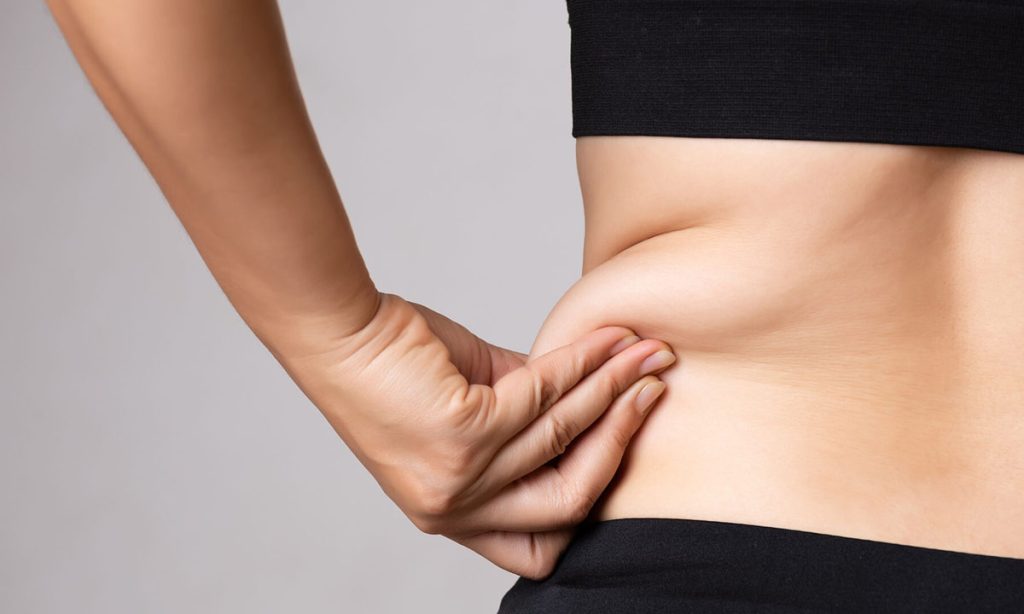
After undergoing liposuction, it is crucial to have a proper recovery and follow the necessary aftercare tips. This will not only ensure a smooth healing process but also help in achieving optimal results. Here are some essential tips to take into consideration:
1. Follow your surgeon’s instructions: Your surgeon will provide you with specific post-operative instructions tailored to your individual case. It is important to carefully follow these instructions to minimize the risk of complications and enhance your recovery.
2. Take prescribed medications: Your surgeon may prescribe medications to manage pain and prevent infection. Make sure to take these medications as directed and inform your surgeon about any adverse reactions or concerns.
3. Wear compression garments: Compression garments help reduce swelling and enhance the healing process. It is important to wear them as instructed by your surgeon, usually for several weeks following the procedure.
4. Manage swelling and bruising: Swelling and bruising are common after liposuction. Applying cold compresses or ice packs to the treated area can help reduce swelling and alleviate discomfort. Avoid applying ice directly to the skin to prevent frostbite.
5. Take it easy and avoid strenuous activities: It is essential to allow your body time to heal, so avoid engaging in rigorous activities, heavy lifting, or strenuous exercises during the initial recovery period. Listen to your body and gradually increase your activity level as advised by your surgeon.
6. Maintain a healthy diet and lifestyle: Following a balanced diet and maintaining a healthy lifestyle can support your body’s healing process. Stay hydrated, eat nutritious foods, and avoid smoking and excessive alcohol consumption.
7. Attend follow-up appointments: Keep all scheduled follow-up appointments with your surgeon. These appointments are crucial for monitoring your progress, evaluating the results, and addressing any concerns.
8. Be patient and realistic: Remember that liposuction results take time to fully manifest. Be patient with the healing process and maintain realistic expectations. It may take several months to see the final outcome.
| Benefits: | Considerations: |
|---|---|
|
|
|
|
|
|
Important Considerations Before Undergoing Liposuction
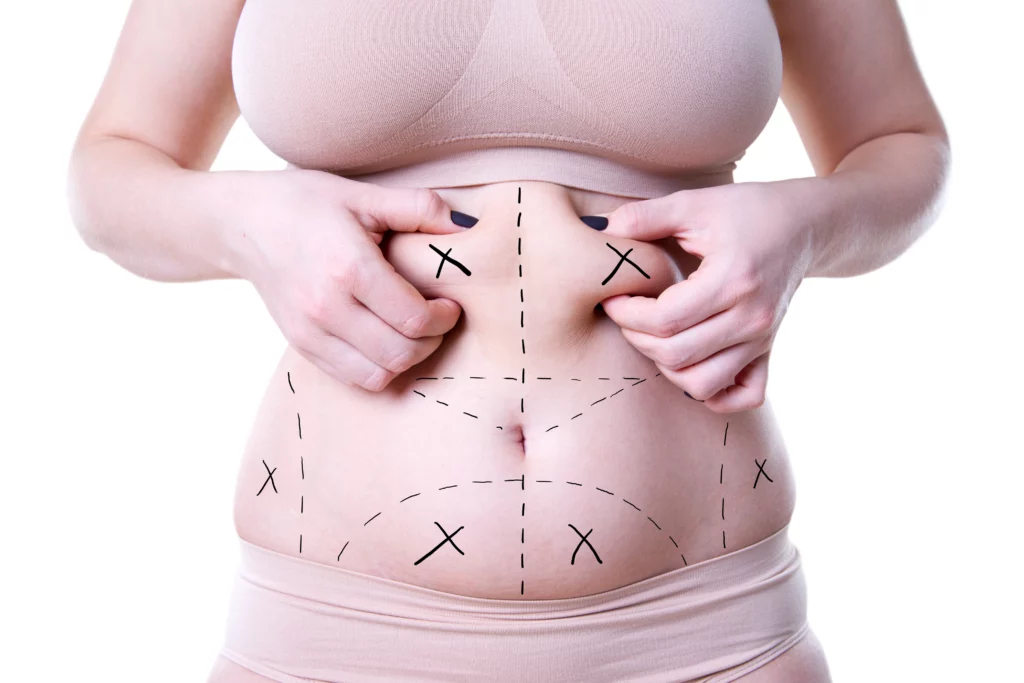
Before undergoing liposuction, it is important to consider several factors to ensure a successful procedure and optimal results. Liposuction, also known as lipoplasty, is a cosmetic surgical procedure that removes excess fat deposits from specific areas of the body. It is not a weight loss solution, but rather a way to contour and sculpt the body by targeting stubborn pockets of fat that are resistant to diet and exercise.
One of the most important considerations before undergoing liposuction is to have realistic expectations. It is crucial to understand that liposuction is not a magical solution for weight loss or a substitute for a healthy lifestyle. The procedure is best suited for individuals who are close to their ideal weight and have specific areas of concern that they would like to address.
Another important consideration is choosing a qualified and experienced plastic surgeon. It is essential to do thorough research and select a surgeon who is board-certified and has extensive experience in performing liposuction procedures. Look for before and after photos, read patient testimonials, and ask for referrals to ensure that you are in capable hands.
- Consider the type of anesthesia that will be used during the procedure. Liposuction can be performed using general anesthesia or local anesthesia with sedation. Discuss with your surgeon to determine which option is best for you based on your medical history and personal preferences.
- Discuss the potential risks and complications associated with liposuction. While liposuction is generally a safe procedure, like any surgery, it carries some risks such as infection, bleeding, scarring, and changes in skin sensation. Understanding these risks and how they can be mitigated is crucial before making a decision.
- Consider the recovery process and aftercare. Liposuction involves a period of downtime, during which you will need to rest and follow your surgeon’s post-operative instructions. This may include wearing compression garments, taking prescribed medications, and maintaining a healthy lifestyle to maintain the results.
In conclusion, undergoing liposuction is a personal decision that should be carefully considered. It is essential to have realistic expectations, choose a skilled surgeon, and discuss all the important considerations before proceeding with the procedure. By doing so, you can have a smooth and successful liposuction experience, achieving the body contours you desire.
Please check other category ;
Body Aesthetics and Rhinoplasty
